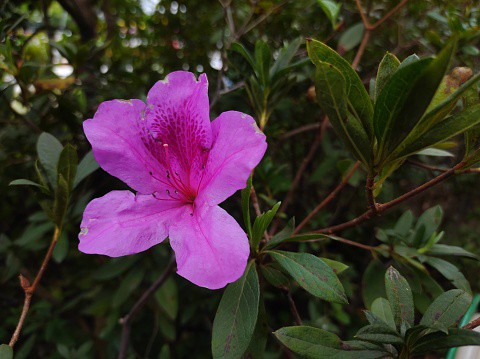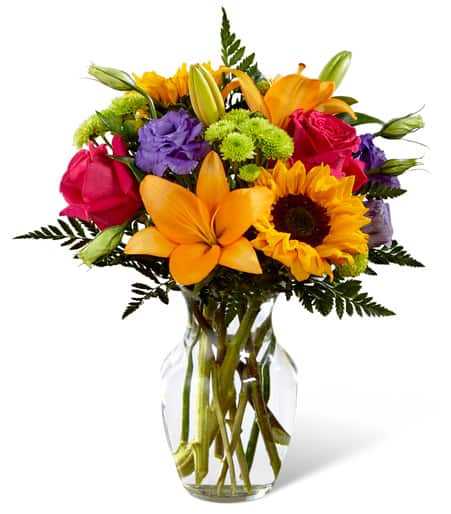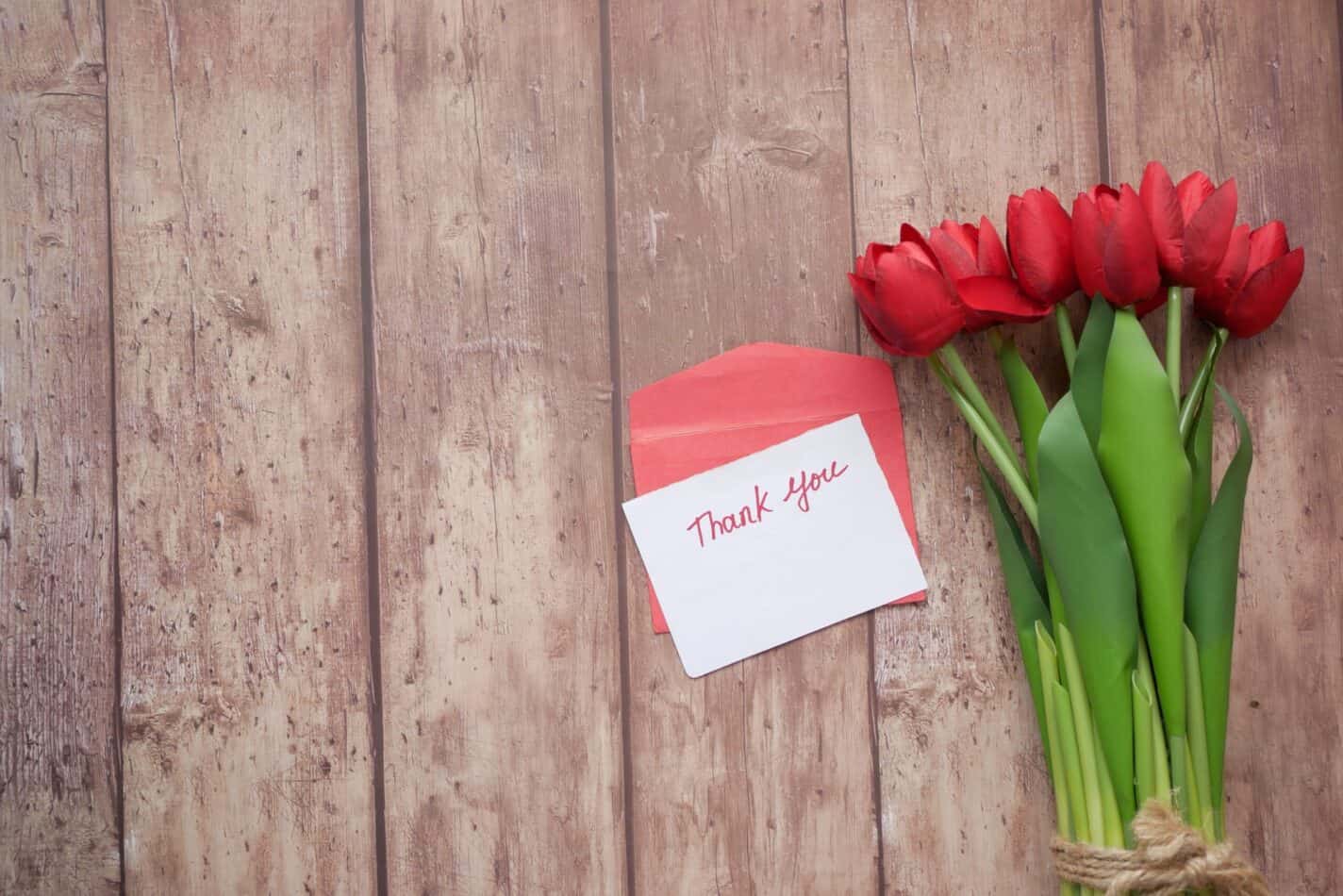The Alpenrose (Rhododendron ferrugineum) is an upright evergreen shrub that produces glossy, dark-green leaves and clusters of tubular rose-pink to crimson flowers. It blooms in the early summer and grows in a compact and upright habit, reaching up to five feet in height and looking great in the rear of borders and at the side of water gardens. It prefers full sun to partial shade and is hardy in zones four to nine.
The Alpenrose is part of the Ericaceae family and it is a perennial. Its scientific name is derived from the Latin ferrugo meaning rust-colored, referring to the rusty color of the flowers. The plant has a rich symbolism and has been used symbolically in literature, art, and gardens. The flowers are associated with faith, healing, humility, and strength.
How to Plant
The Alpenrose can be planted both indoors and outdoors. When planting outdoors, make sure to determine your hardiness zone and choose a spot that is in full sun to partial shade and has protection from any chilly winds. Dig a hole twice as wide as the container it comes in and make sure the soil is moist but not wet.
When planting indoors, make sure the room is not too humid or the plant may develop mold. Choose a location that has bright light or near a bright window and make sure that the soil has good drainage. Water regularly and feed it with a balanced fertilizer every two weeks.
Meaning and Symbolism
The meaning of the Alpenrose is associated with faith, healing, humility, and strength. In addition, it has been a symbol of regeneration and transcending the pain of sorrow and difficulty. Thus, the Alpenrose has often been used as a symbol of overcoming and resilience. In addition, the flowers have been used to represent the divine beauty that comes with goodwill and kindness.
History, Mythology, and Religious Significance
The Alpenrose is mentioned in several ancient texts, including the Bible and in Greek and Roman mythology. In the Bible, the Alpenrose is mentioned as the “rose of Sharon,” which symbolized the glory and beauty of God. In Greek and Roman culture, the flowers were renowned for their pleasant scent and often formed part of wedding ceremonies and sacrificing rituals. The Alpenrose has been used in many religious contexts, from offering protection against evil to being associated with the Virgin Mary.
Buy this bouquet on FloristOne>>
Flower Varieties and Their Defining Characteristics
There are a few varieties of the Alpenrose. The most common varieties are the ‘Alba’, ‘Rosea’, and ‘Rubra’. The ‘Alba’ is a white-flowered variety and the ‘Rosea’ is a pink-flowered variety. The ‘Rubra’ is a reddish-flowered variety. All varieties feature a compact and upright habit, shiny, dark-green leaves, and clusters of tubular rose-pink to crimson flowers.
How to Pot and Repot
When potting or repotting your Alpenrose, make sure you choose the right pot for the variety that you have. A larger pot will ensure that the roots have enough space for soil, nutrients, and water. Make sure that it is a terracotta pot because it allows your plant to breathe better and also prevents root rot. Make sure that the soil you are using is well-draining, and not too moist or too dry.
How to Prune
Pruning is a great way to make sure that your Alpenrose is healthy and happy. Pruning should be done in late winter or early spring. Make sure to prune the branches with slow and steady movements. Also, prune the dead and diseased branches, as well as any twigs and any branches growing in an inward or downward direction. When pruning branches, be sure to make rounded downward cuts. You should also prune away any yellow or dead leaves.
How to Propagate
Propagating Alpenrose is easy when done correctly. The best way to propagate is through cuttings. Choose a healthy stem and cut off a piece about four to six inches long and make the cut just below a leaf node or a flowering node. Treat the end of the cutting with rooting hormone powder, and then insert it into the soil. Water regularly and keep it in a sunny spot and in no time you will have a beautiful new Alpenrose.
Common Pests and Diseases
Alpenrose plants are generally not affected by too many pests or diseases. However, they can be susceptible to aphids, scales, mealybugs, and spider mites. Diseases are generally caused by over-watering. To avoid any infestation, make sure to inspect your plants regularly and use horticultural oils, insecticidal soaps, or neem oil to eradicate the pests.
Frequently Asked Questions
Q: How often should I water an Alpenrose?
A: An Alpenrose likes moist soil, so it should be watered whenever the soil is dry to the touch.
Q: Will an Alpenrose flower more if it is fertilized?
A: Fertilizing your Alpenrose regularly can help the plant flower more.
Q: How often should I prune my Alpenrose?
A: Pruning should be done in late winter or early spring. Regular pruning will keep your Alpenrose healthy and happy.
Table of Facts
| Name | Alpenrose |
| Scientific Name | Rhododendron ferrugineum |
| Family | Ericaceae |
| Plant Type | Perennial |
| Mature Size | Up to 5 feet. |
| Sun Exposure | Full Sun to Partial Shade |
| Soil Type | Well-draining, loamy soil |
| Soil pH | Neutral/slightly acidic ( around 7.0) |
| Bloom Time | Early Summer |
| Flower Color | Rose-pink to Crimson |
| Hardiness Zones | 4 to 9 |
| Native Area | Alps and Caucasus Mountains |
What we love from Amazon this week
Buy these wonderful flowers directly from Amazon:
















